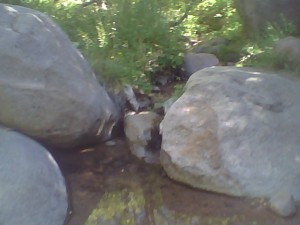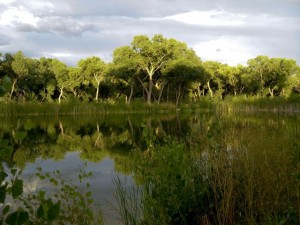Without pack animals and before fueled machinery, the ability of a human to carry food placed a fundamental constraint on economic integration across large distances. Over any significant distances, a human would have to eat all the food they could carry, leaving none left for trade. Trade of small, high value items could go on over larger distances, but large scale agricultural shipping just wasn’t economically viable.
I was thinking of that today when reading the tale of the Charles H. Spencer, a steamboat built for use in a mining operation on the Colorado River in 1912. The boat was named after the entrepreneur behind the project, an effort to extract gold from the rocks around Lee’s Ferry, on the Colorado River in the remote desert of northern Arizona.

The wreck of the Charles H. Spencer, 1915, courtesy USGS
Spencer needed coal to run his mining equipment, so he arranged for the construction of a small steamboat and a barge to haul the material from place called Warm Creek, some 28 miles upriver. (As an aside, the construction of the barge seems to have been, uhh, subsidized by Coconino County, the local government. A fellow named Bill Switzer, the elected county treasurer, was also on Spencer’s payroll.)
The steamboat was quite a sensation, and people came from all around to see it. If you’ve been to the area, you will understand how remarkable that is, as “all around” is pretty much wide open space. Prospectors came down river from Glen Canyon mining sites, and folks came all the way up from Flagstaff, which is more than 100 miles away.
Sadly, the Charles H. Spencer’s working career was short. It made one trip down from Warm Creek, lashed to the barge full of coal. But it never completed the return trip. One history I found said it took more coal to power the boat than it could carry. P.T. Reilly’s encyclopedic Lee’s Ferry: From Mormon Crossing to National Park argues that the boat was simply not powerful enough.
argues that the boat was simply not powerful enough.
Spencer’s mining operation folded soon after, but what is left of the wreck of the Charles H. Spencer can still be seen by visitors to the National Park Service site at Lee’s Ferry. The wreck is, as near as I can tell, the only Abandoned Shipwreck formally protected by the U.S. National Park Service in the state of Arizona.
note 1 – Reilly’s book is strange and wonderful and exhaustively complete. I highly recommend it for river buffs, though it’s one of those books of a certain type that are best sampled in discrete chunks over time and as need arises. I relied on it for most of the description above.
note 2 – I’m pretty sure Warm Creek is now submerged beneath Lake Powell. Meaning I guess that it no longer exists. Anyone know if that’s right?
note 3 – The picture above is identified in the USGS archives with the name E.C. LaRue, who did a lot of the early hydrologic studies of the Colorado River, though it’s not clear whether LaRue took it, or rather that it was taken by someone on one of his survey teams.





